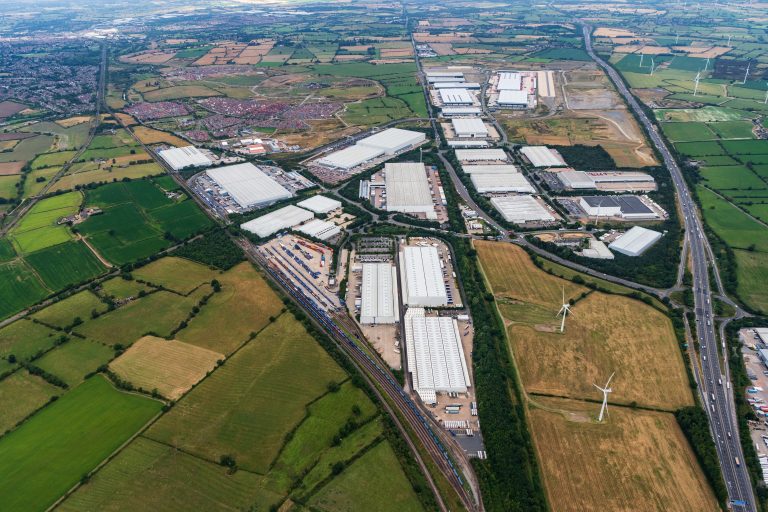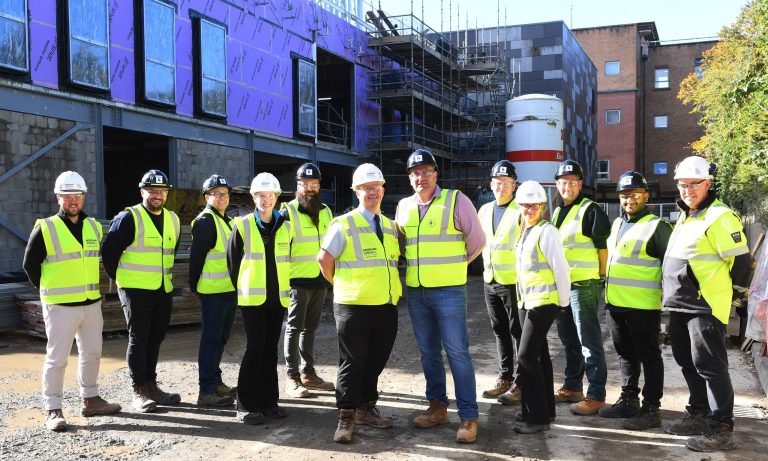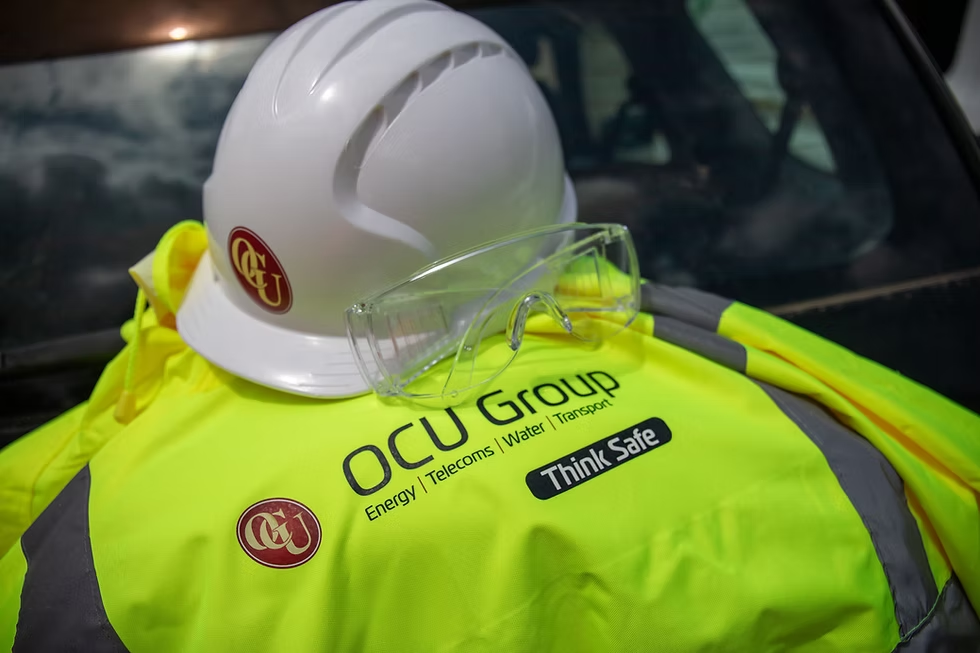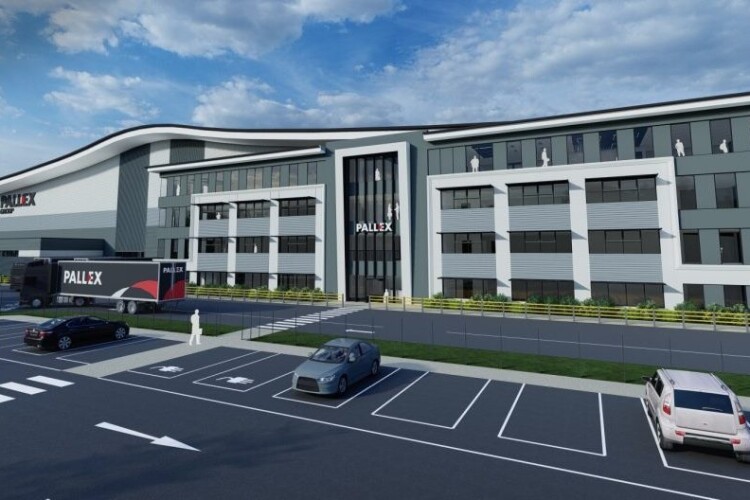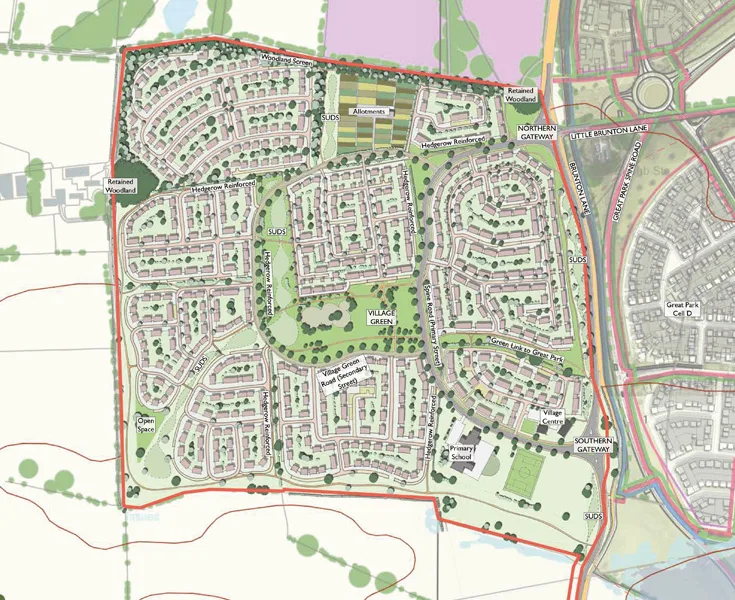G&H has secured a £12 million contract to deliver a complete mechanical, electrical and public health (MEP) design and build for Harrogate District Hospital’s new state-of-the-art Day Care Surgery and Imaging Centre. Following a competitive tender, main contractor Morgan Sindall Construction has appointed MEP service provider G&H to support the delivery of the new £50 million facility, which is part of Harrogate and District NHS Foundation Trust’s (HDFT) transformation programme. Funding comes from the government’s Targeted Investment Fund 2 (TIF2) that invests in projects that will accelerate elective care recovery and reduce both waiting lists and times. A 60-strong team, including apprentices, started on site on 6 October, and will install and commission all MEP services in accordance with the designs created by G&H’s in-house design engineers. The modern facility will feature two new operating theatres, three x-ray rooms, an MRI suite, a procedure room and a dedicated day care ward. Drawing on its proven expertise in delivering intricate, technically complex health facilities, G&H will install the theatre equipment, piped medical gas, ultraclean canopies to the two MRI scanners, specialist nurse call, power and ventilation. Scheduled to be complete and ready for handover in Summer 2026, the building will boast many energy saving features, such as air source heat pumps, Ultra Clean Ventilation (UCV) canopies, chillers and plate heat exchangers. Due to the nature of the building, the resilience to the electrical supply is provided by two HV transformers, two UPS units, and a main generator with backup connection points. Steven Fry, project manager at Morgan Sindall said: ““Personally, for me it is great to be working with the G&H team again and also great to be part of the Morgan Sindall and G&H journey. “With G&H’s extensive experience in healthcare and fully collaborative approach aligning with ours here at Morgan Sindall, I am sure this project will be a success. “Both our values and expectations align, with regards to each and every project deliverable, from our Perfect Delivery strategy, encompassing Quality, Safe, Time and Recommended, to our commitment to social value. “All of the Morgan Sindall team are looking forward to working on this fantastic project with G&H, for our prestigious clients, Harrogate integrated Facilities and Harrogate District Hospital Trust.” Rob Woodward, senior contracts manager (north) at G&H, said: “We’re extremely pleased to be collaborating with Morgan Sindall and to have the opportunity to draw on our vast healthcare experience to deliver the new Day Care Surgery and Imaging Centre. “Our aim is always to bring buildings to life and transform them into safe, comfortable and efficient spaces where people can thrive. This new facility will help the Trust perform more surgeries, reduce waiting times, and provide an improved environment for patients and staff.” Established in 1998, G&H is a leading MEP provider. Its 200-strong experienced team designs, manages, delivers, and maintains every aspect of MEP schemes. Previous health projects include Knowl Park House, a centre for excellence for dementia day care awarded gold by the University of Stirling’s Dementia Services Development Centre, and Bradford Royal Infirmary Women’s and Newborn Unit. Building, Design & Construction Magazine | The Choice of Industry Professionals
